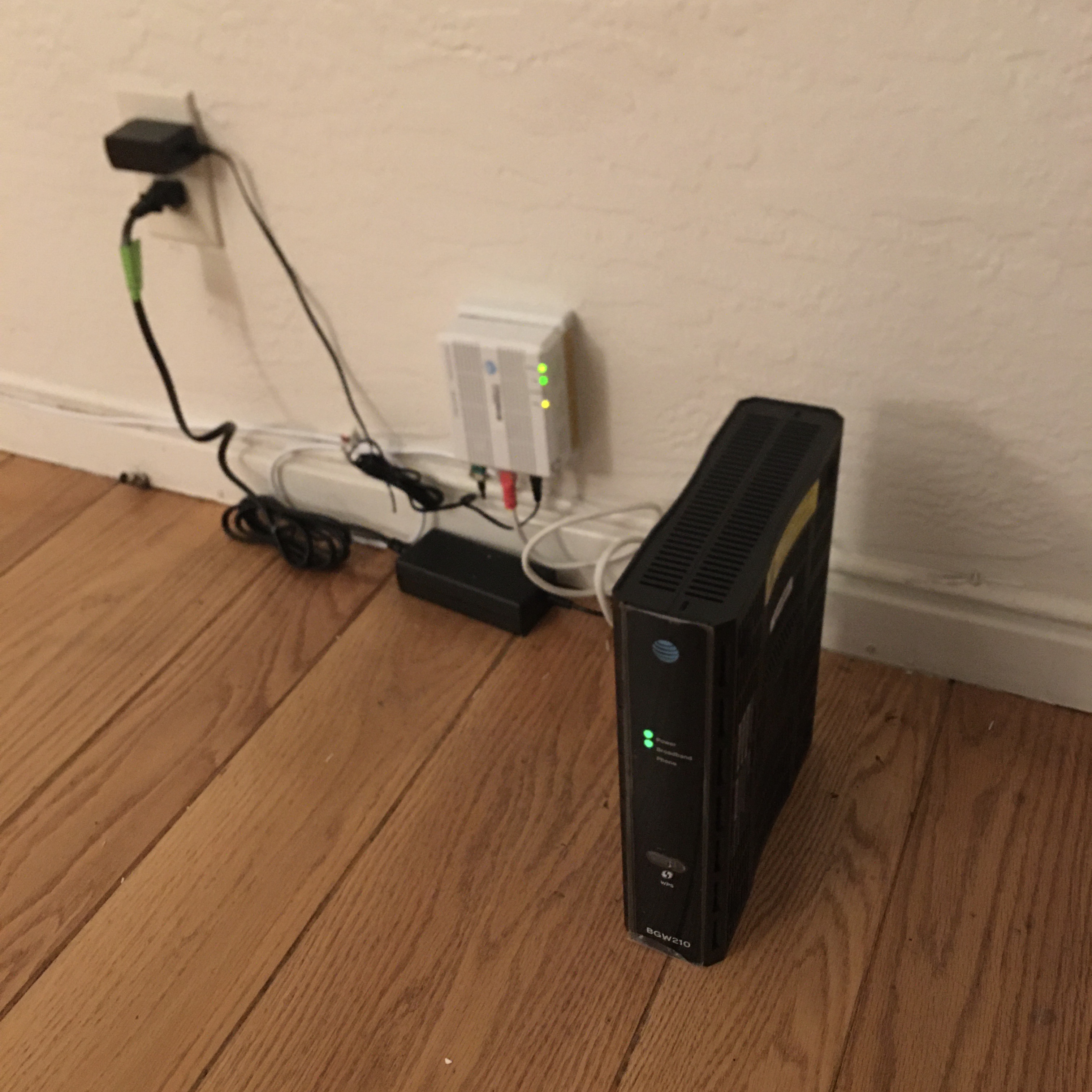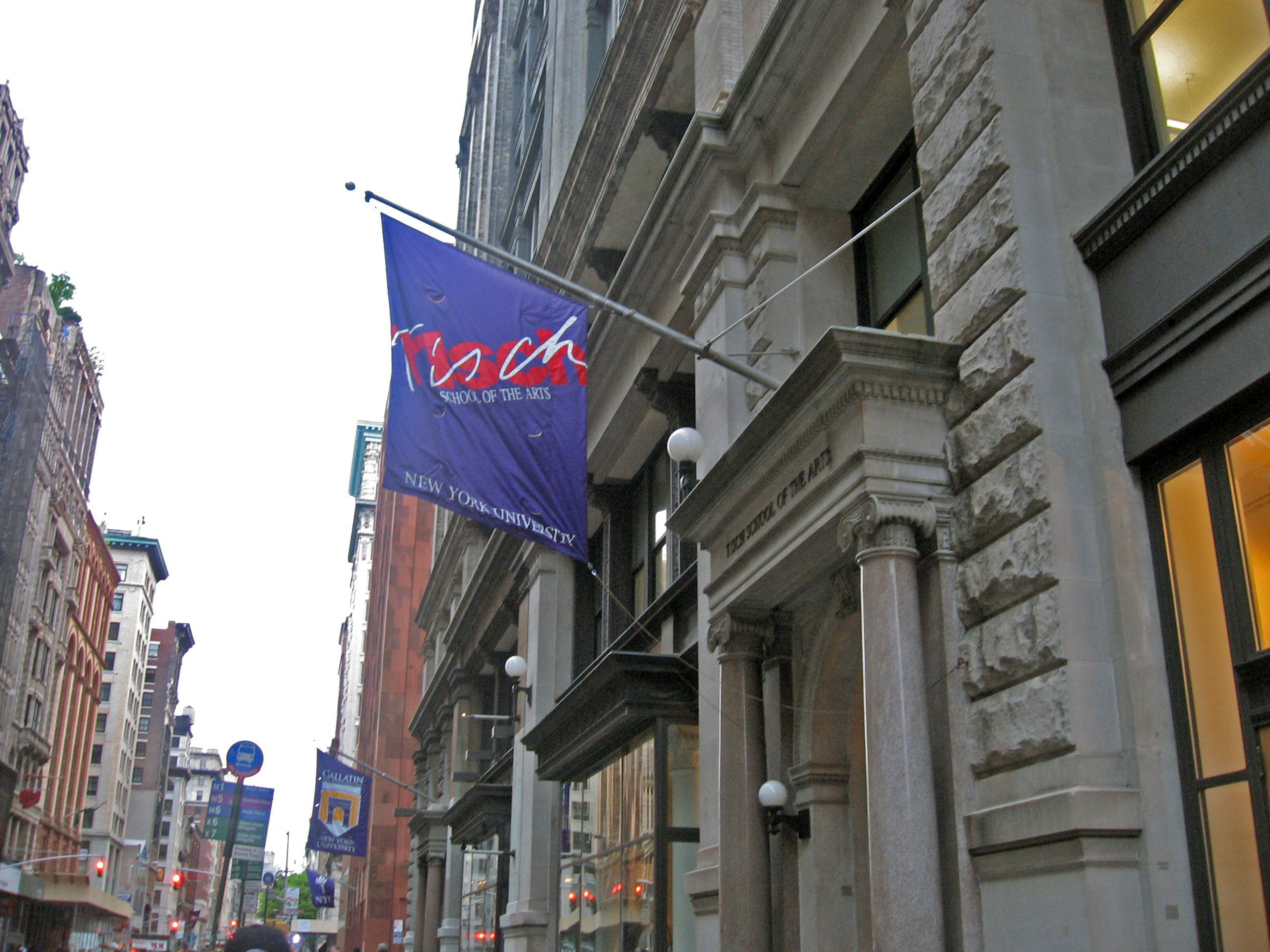|
Neighbornode
Neighbornode is a captive portal on a residential Wi-Fi hotspot, containing a message board. It is designed to help neighbors who share an internet connection know each other better. The message board can only be accessed within range of the hotspot. Individual Neighbornodes can be linked together to create a supernode, vaguely like Fidonet. It is implemented as an alternative firmware for the Linksys WRT54G router. The project was created by John Geraci of Interactive Telecommunications Program The New York University Tisch School of the Arts (commonly referred to as Tisch) is the performing, cinematic and media arts school of New York University. Founded on August 17, 1965, Tisch is a training ground for artists, scholars of the ar ..., who also created Grafedia. References External linksJohn Geraci Custom firmware {{software-stub ... [...More Info...] [...Related Items...] OR: [Wikipedia] [Google] [Baidu] |
Grafedia
Grafedia is a type of graffiti, where hyperlinked text is written by hand onto physical surfaces and linking to rich media content including images, video, and sound files. Grafedia can be written in letters or postcards, on the body as tattoos, or on the street. Grafedia written on public buildings and structures is likely to be illegal and considered vandalism. Viewers 'click' on these Grafedia hyperlinks with their mobile phone A mobile phone, cellular phone, cell phone, cellphone, handphone, hand phone or pocket phone, sometimes shortened to simply mobile, cell, or just phone, is a portable telephone that can make and receive calls over a radio frequency link whi ...s by sending a message addressed to the word + "@grafedia.net" to get the content behind the link. The project was created in 2005 by John Geraci, who also created Neighbornode. References External links * Hypertext Graffiti and unauthorised signage {{text-editor-stub ... [...More Info...] [...Related Items...] OR: [Wikipedia] [Google] [Baidu] |
Captive Portal
A captive portal is a web page accessed with a web browser that is displayed to newly connected users of a Wi-Fi or wired network before they are granted broader access to network resources. Captive portals are commonly used to present a landing or log-in page which may require authentication, payment, acceptance of an end-user license agreement, acceptable use policy, survey completion, or other valid credentials that both the host and user agree to adhere by. Captive portals are used for a broad range of mobile and pedestrian broadband services – including cable and commercially provided Wi-Fi and home hotspots. A captive portal can also be used to provide access to enterprise or residential wired networks, such as apartment houses, hotel rooms, and business centers. The captive portal is presented to the client and is stored either at the gateway or on a web server hosting the web page. Depending on the feature set of the gateway, websites or TCP ports can be white-listed ... [...More Info...] [...Related Items...] OR: [Wikipedia] [Google] [Baidu] |
Wi-Fi
Wi-Fi () is a family of wireless network protocols, based on the IEEE 802.11 family of standards, which are commonly used for local area networking of devices and Internet access, allowing nearby digital devices to exchange data by radio waves. These are the most widely used computer networks in the world, used globally in home and small office networks to link desktop and laptop computers, tablet computers, smartphones, smart TVs, printers, and smart speakers together and to a wireless router to connect them to the Internet, and in wireless access points in public places like coffee shops, hotels, libraries and airports to provide visitors with Internet access for their mobile devices. ''Wi-Fi'' is a trademark of the non-profit Wi-Fi Alliance, which restricts the use of the term ''Wi-Fi Certified'' to products that successfully complete interoperability certification testing. the Wi-Fi Alliance consisted of more than 800 companies from around the world. over 3 ... [...More Info...] [...Related Items...] OR: [Wikipedia] [Google] [Baidu] |
Hotspot (Wi-Fi)
A hotspot is a physical location where people can obtain Internet access, typically using Wi-Fi technology, via a wireless local-area network (WLAN) using a router connected to an Internet service provider. Public hotspots may be created by a business for use by customers, such as coffee shops or hotels. Public hotspots are typically created from wireless access points configured to provide Internet access, controlled to some degree by the venue. In its simplest form, venues that have broadband Internet access can create public wireless access by configuring an access point (AP), in conjunction with a router to connect the AP to the Internet. A single wireless router combining these functions may suffice. A private hotspot, often called tethering, may be configured on a smartphone or tablet that has a network data plan, to allow Internet access to other devices via Bluetooth pairing, or through the RNDIS protocol over USB, or even when both the hotspot device and the d ... [...More Info...] [...Related Items...] OR: [Wikipedia] [Google] [Baidu] |
Message Board
An Internet forum, or message board, is an online discussion site where people can hold conversations in the form of posted messages. They differ from chat rooms in that messages are often longer than one line of text, and are at least temporarily archived. Also, depending on the access level of a user or the forum set-up, a posted message might need to be approved by a moderator before it becomes publicly visible. Forums have a specific set of jargon associated with them; example: a single conversation is called a "thread", or ''topic''. A discussion forum is hierarchical or tree-like in structure: a forum can contain a number of subforums, each of which may have several topics. Within a forum's topic, each new discussion started is called a thread and can be replied to by as many people as so wish. Depending on the forum's settings, users can be anonymous or have to register with the forum and then subsequently log in to post messages. On most forums, users do not have to l ... [...More Info...] [...Related Items...] OR: [Wikipedia] [Google] [Baidu] |
Supernode (networking)
In peer-to-peer networking, a supernode is any node that also serves as one of that network's relayers and proxy servers, handling data flow and connections for other users. This semi-distributed architecture allows data to be decentralized without requiring excessive overhead at every node. However, the increased workload of supernodes generally requires additional network bandwidth and central processing unit (CPU) time. References File sharing {{compu-network-stub ... [...More Info...] [...Related Items...] OR: [Wikipedia] [Google] [Baidu] |
WRT54G
The Linksys WRT54G Wi-Fi series is a series of Wi-Fi–capable residential gateways marketed by Linksys, a subsidiary of Cisco from 2003 until acquired by Belkin in 2013. A ''residential gateway'' connects a local area network (such as a home network) to a wide area network (such as the Internet). Models in this series use one of various 32-bit MIPS processors. All WRT54G models support Fast Ethernet for wired data links, and 802.11b/g for wireless data links. Hardware and revisions WRT54G File:WRT54G Linksys Router with 7 dBi Antennas Digon3.jpg, alt=The, WRT54G version 2.0 with upgraded antennas The original WRT54G was first released in December 2002. It has a 4+1 port network switch (the Internet/WAN port is part of the same internal network switch, but on a different VLAN). The devices have two removable antennas connected through Reverse Polarity TNC connectors. The WRT54GC router is an exception and has an internal antenna with optional external antenna. As a cos ... [...More Info...] [...Related Items...] OR: [Wikipedia] [Google] [Baidu] |
Linksys WRT54G
The Linksys WRT54G Wi-Fi series is a series of Wi-Fi–capable residential gateways marketed by Linksys, a subsidiary of Cisco from 2003 until acquired by Belkin in 2013. A ''residential gateway'' connects a local area network (such as a home network) to a wide area network (such as the Internet). Models in this series use one of various 32-bit MIPS architecture, MIPS Central processing unit, processors. All WRT54G models support Fast Ethernet for wired data links, and IEEE 802.11#802.11g, 802.11b/g for wireless data links. Hardware and revisions WRT54G File:WRT54G Linksys Router with 7 dBi Antennas Digon3.jpg, alt=The, WRT54G version 2.0 with upgraded antennas The original WRT54G was first released in December 2002. It has a 4+1 port network switch (the Internet/WAN port is part of the same internal network switch, but on a different VLAN). The devices have two removable antennas connected through Reverse Polarity Threaded Neill-Concelman connector, TNC connectors. The WRT ... [...More Info...] [...Related Items...] OR: [Wikipedia] [Google] [Baidu] |
Interactive Telecommunications Program
The New York University Tisch School of the Arts (commonly referred to as Tisch) is the Performing arts, performing, cinematic and New media art, media arts school of New York University. Founded on August 17, 1965, Tisch is a training ground for artists, scholars of the arts, and filmmakers. The school is divided into three Institutes: Performing Arts, Emerging Media, and Film & Television. Many Undergraduate education, undergraduate and Graduate school, graduate disciplines are available for students, including: acting, dance, drama, performance studies, Costume designer, design for stage and film, musical theatre writing, photography, record producer, record producing, game design and Game development, development, and Filmmaking, film and television studies. The school also offers an inter-disciplinary "collaborative arts" program, high school programs, continuing education in the arts for the general public, as well as the Clive Davis Institute of Recorded Music, which te ... [...More Info...] [...Related Items...] OR: [Wikipedia] [Google] [Baidu] |
Popular Science
''Popular Science'' (also known as ''PopSci'') is an American digital magazine carrying popular science content, which refers to articles for the general reader on science and technology subjects. ''Popular Science'' has won over 58 awards, including the American Society of Magazine Editors awards for its journalistic excellence in 2003 (for General Excellence), 2004 (for Best Magazine Section), and 2019 (for Single-Topic Issue). With roots beginning in 1872, ''Popular Science'' has been translated into over 30 languages and is distributed to at least 45 countries. Early history '' The Popular Science Monthly'', as the publication was originally called, was founded in May 1872 by Edward L. Youmans to disseminate scientific knowledge to the educated layman. Youmans had previously worked as an editor for the weekly ''Appleton's Journal'' and persuaded them to publish his new journal. Early issues were mostly reprints of English periodicals. The journal became an outlet for writin ... [...More Info...] [...Related Items...] OR: [Wikipedia] [Google] [Baidu] |
New York Times
''The New York Times'' (''the Times'', ''NYT'', or the Gray Lady) is a daily newspaper based in New York City with a worldwide readership reported in 2020 to comprise a declining 840,000 paid print subscribers, and a growing 6 million paid digital subscribers. It also is a producer of popular podcasts such as '' The Daily''. Founded in 1851 by Henry Jarvis Raymond and George Jones, it was initially published by Raymond, Jones & Company. The ''Times'' has won 132 Pulitzer Prizes, the most of any newspaper, and has long been regarded as a national "newspaper of record". For print it is ranked 18th in the world by circulation and 3rd in the U.S. The paper is owned by the New York Times Company, which is publicly traded. It has been governed by the Sulzberger family since 1896, through a dual-class share structure after its shares became publicly traded. A. G. Sulzberger, the paper's publisher and the company's chairman, is the fifth generation of the family to head the p ... [...More Info...] [...Related Items...] OR: [Wikipedia] [Google] [Baidu] |





.png)